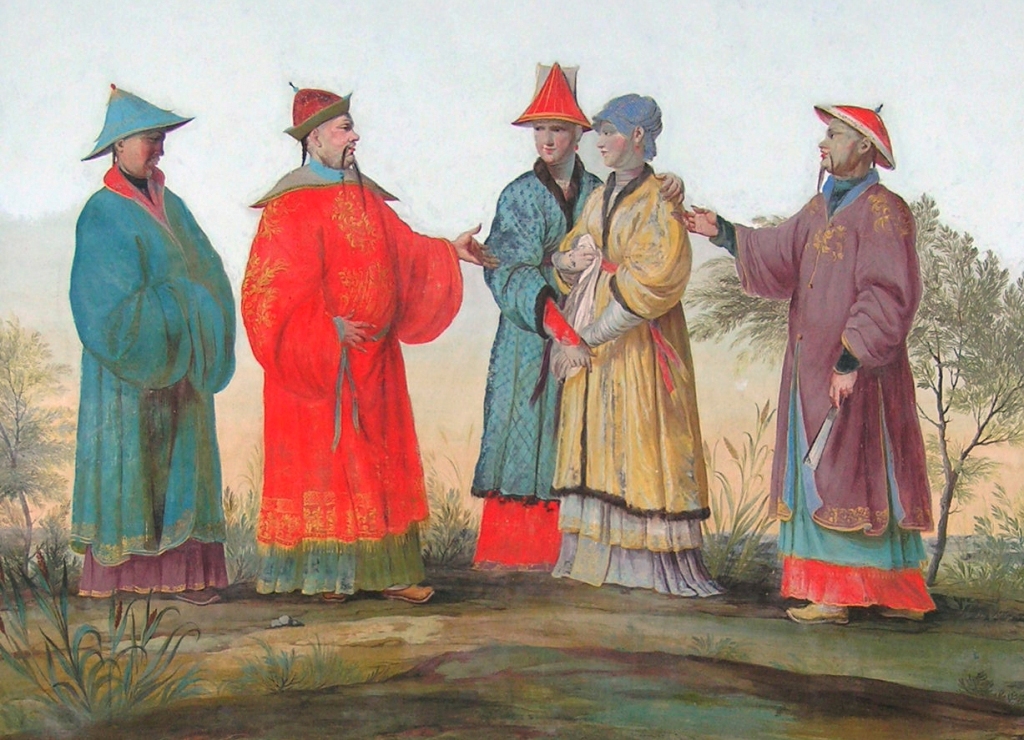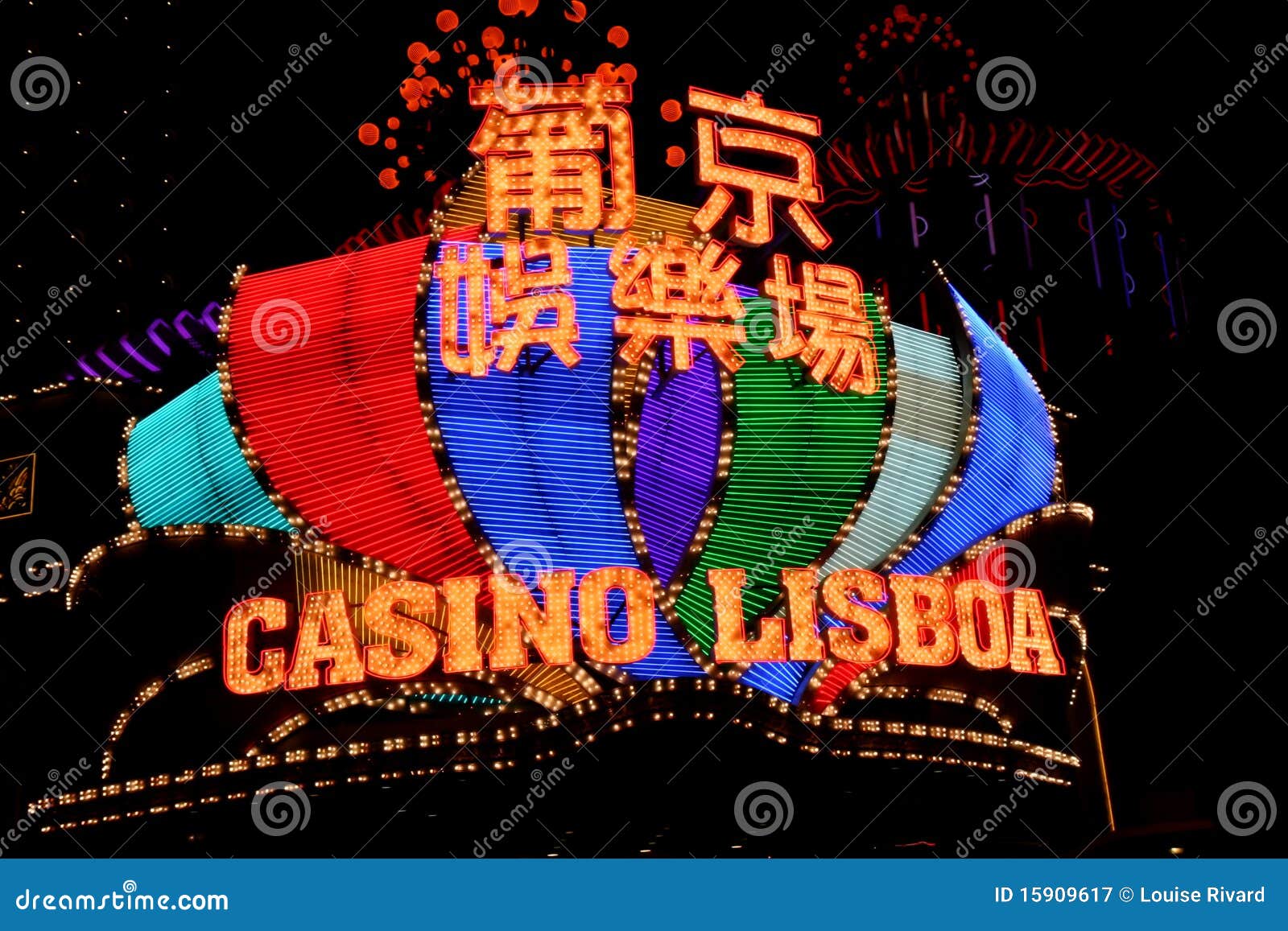Casina Cinese

| Chinese Palace | |
|---|---|
Palazzina Cinese, façade | |
| Alternative names | Real Casina alla Cinese |
| General information | |
| Status | now used as a museum |
| Type | Palace |
| Architectural style | Eclecticism |
| Location | Palermo, Italy |
| Construction started | 1799 |
| Completed | 1806 |
| Client | Ferdinand III of Bourbon |
| Technical details | |
| Floor count | 3 |
| Design and construction | |
| Architect | Giuseppe Venanzio Marvuglia |
The Chinese Palace (Italian: Palazzina Cinese), also known as Real Casina alla Cinese, is a former royal residence of the House of Bourbon-Two Sicilies designed in the style of Chinoiserie. It is located in Palermo, inside the park of La Favorita. The Ethnographic Museum of Sicily, named after Giuseppe Pitrè, is located in one of the Palace's guesthouse.
History[edit]
As for the couple’s bedroom, what had been a plain-Jane, white-walled space is now a chinoiserie fantasy, sparked by such romantic capriccios as Palermo’s delirious Casina Cinese. According to British art historian Hugh Honour, the Palazzina – or Casina – Cinese in Palermo is the most refined example of Italian chinoiserie from the late 1700s. Designed by Palermo-born architect Giuseppe Venanzio Marvuglia (1729-1814) for King Ferdinand IV of the Two Sicilies, the building is a refined mix of different architectural styles, ranging.
The building was designed in 1799 by the architect Giuseppe Venanzio Marvuglia on commission by the King Ferdinand III of Sicily.[1] The ruler had previously bought land and a house that was Chinese in design, belonging to the Baron Benedetto Lombardo and designed by Marvuglia himself.[1] The architectural complex and its garden were completed between 1800 and 1806.
In 1860, as a result of the Unification of Italy, the residence passed to the House of Savoy. Then, it became the property of the Comune of Palermo and has been converted into a museum.

Description[edit]
- La Casina Cinese, situata all’interno del parco della Favorita, nella versione regia del 1799 commissionata dalla Casa Reale di Borbone all’architetto Marvug.
- The Casina – or Palazzina – Cinese (literally, the “little Chinese house”) was built in Palermo at the end of the 18th century, and represents a small yet striking emblem of the aesthetic taste that was popular in that period in Italy and Europe in general. A Chinese-inspired exoticism had already flourished during the previous.

The apartments of the Palace are distributed on three floors. On the first floor there are the reception hall, a dining room and the bedroom of the King. On the second floor there is the apartment of the Queen Maria Carolina of Austria.[1] On the third floor there's an octagonal terrace covered like a pagoda.
Real Casina Cinese, Palermo. 874 likes 27 talking about this 1,213 were here. Meravigliosa casina in stile cinese realizzata nel 1799 dall’architetto palermitano Giuseppe Marvuglia su commissione.
The building is decorated with paintings and frescoes of Giuseppe Velazquez, Vincenzo Riolo and other artists.
Gallery[edit]

Frescoes with Chinoiserie, Giuseppe Velazquez
Fresco, Giuseppe Velazquez
The garden
Pitrè Museum
Casino Chinese New Year Promotions
See also[edit]
Casino Chinese Food
| Wikimedia Commons has media related to Palazzina cinese (Palermo). |
References[edit]
- ^ abc'Storia della Palazzina Cinese - Official site of the La Favorita Park'. Archived from the original on 2018-05-16.
External links[edit]
- (in Italian)Image gallery
- (in Italian)History of the palace - Provincia Regionale di Palermo
Coordinates: 38°10′00″N13°19′49″E / 38.1666°N 13.3304°E
Casino Chinese New Year Promotions
